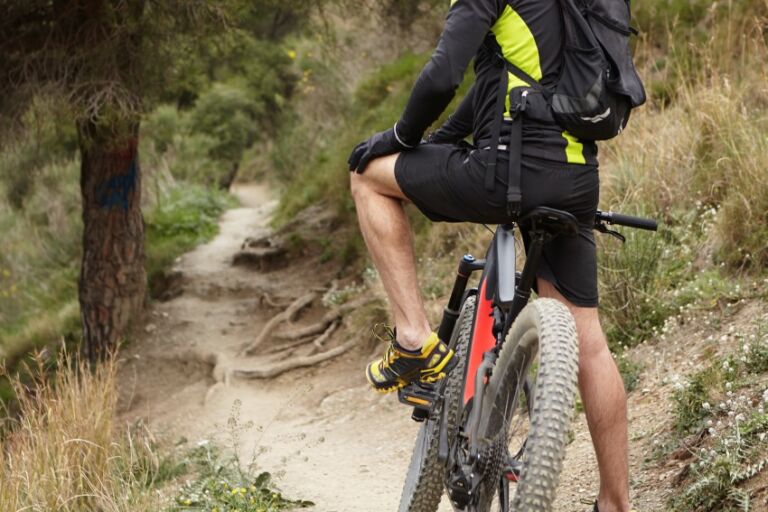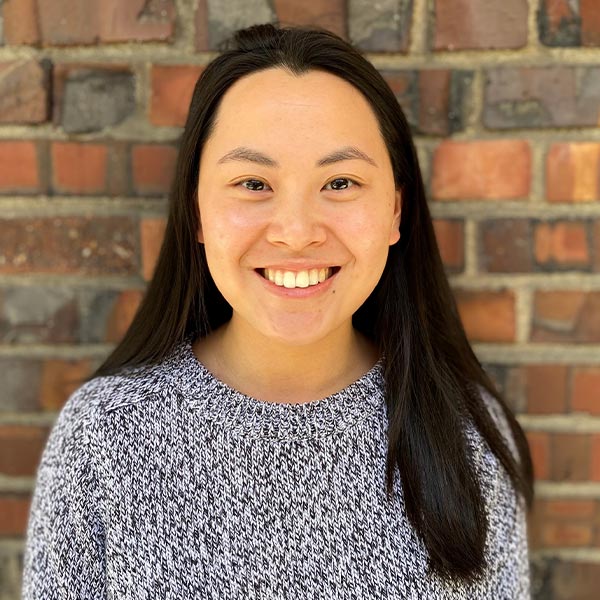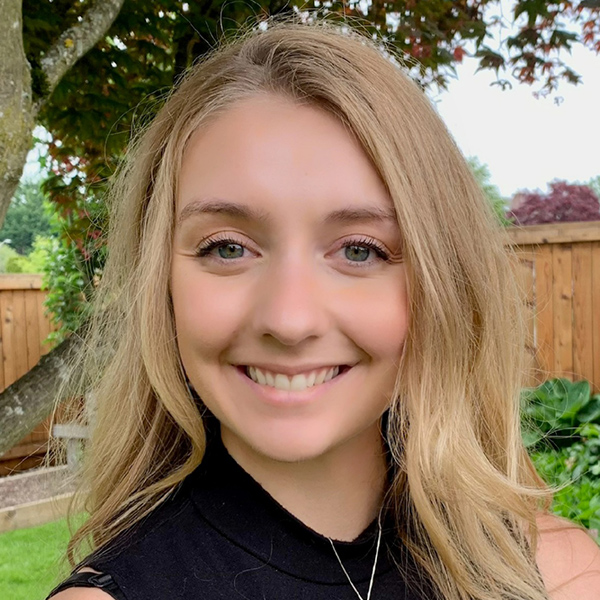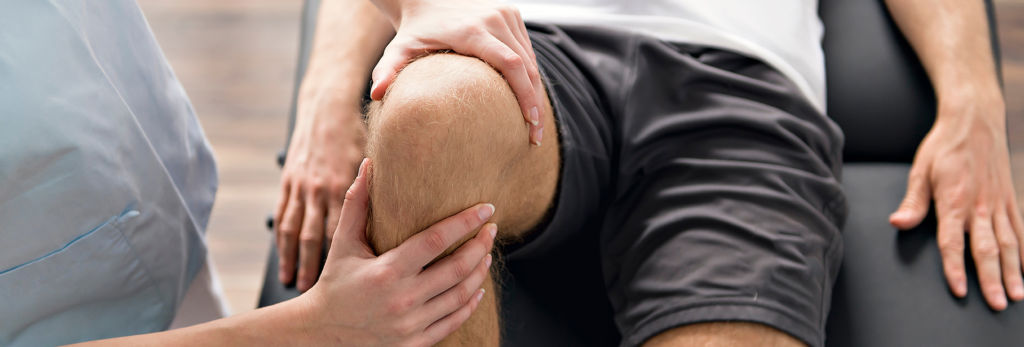Without doing an examination of your knee and movement, we cannot comment on your specific case. However, we can provide general recommendations based on the information you have provided.
Partial ACL tears can heal on their own with proper rehabilitation and activity modification. It is typical with the involvement of the posterior lateral bundle for people to have pinching with straightening of the knee. The pinching sensation with bending the knee may indicate there is a different structure that needs to be assessed.
With a history of multiple knee injuries on the left leg, it would be best to consult with both your physician and physical therapist to see if an MRI is necessary based upon their physical examination of the knee. Physical therapy can also be a good first choice to see if it can reduce the knee symptoms you are experiencing.




